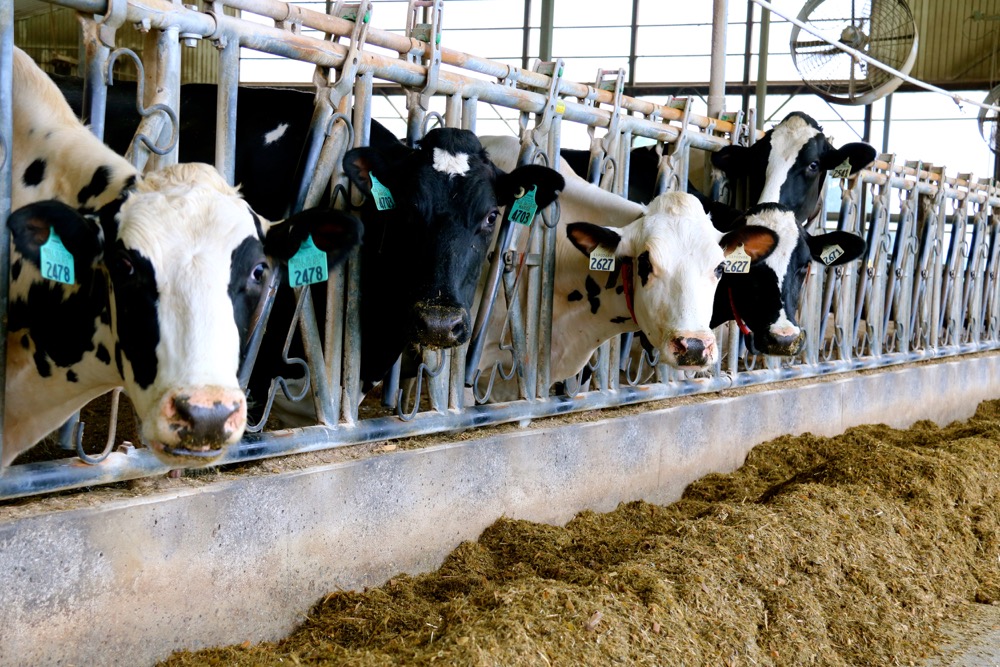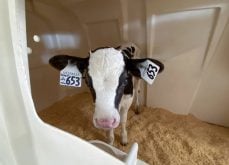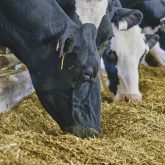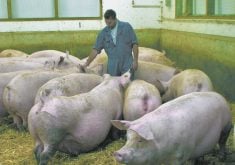The committee that manages milk allocation in Canada’s eastern provinces has said there will no more new quota issued from now to the end of July – the end of the dairy year.
Regular quota increases and general enthusiasm in the dairy industry over growing demand, has led to significant milk production increases in eastern Canada.
Why it matters: Dairy farmers have been given strong signals to expand milk production, including significant quota increases in 2017. The March 8 announcement is a brake being applied to that expansion.
Read Also
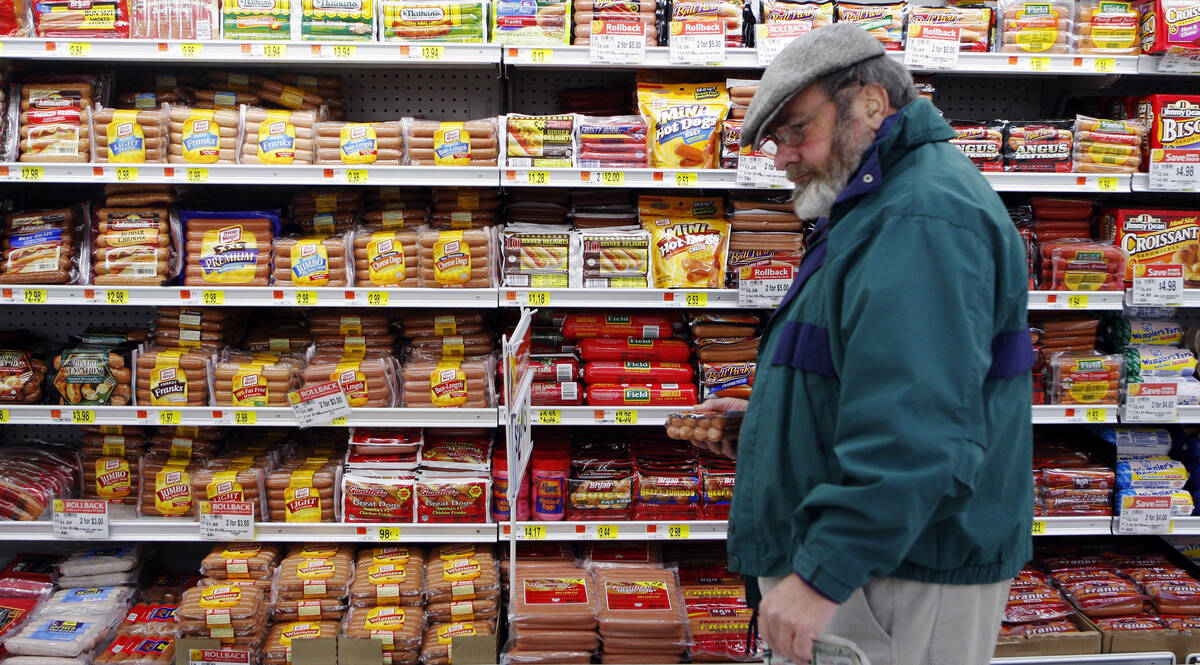
Canada seventh-most influential country on agri-food
Report from Dalhousie University and MNP shows Canada ranks seventh among G20 countries on agri-food influence.
There will also be no more new incentive days added after the end of March.
In a statement, the P5 (including Ontario, Quebec, Nova Scotia, PEI and New Brunswick) says that production is increasing faster than projected market growth within the P5 provinces. Ability to skim milk is at maximum capacity.
The P5 boards’ announcement says that if production isn’t curtailed, other measures will be taken to lower milk production. In the supply management system, quota increases or decreases are used in order to keep milk production close to demand.
Milk production has been increasing across the country since a new class of milk, called Class 7, was put in place which encouraged the processing and sales of protein concentrates from an excess of skim milk. The new class encouraged hundreds of millions of dollars in new investment in milk processing facilities across the country.
Demand for higher butterfat products like butter have also driven increasing need for more milk in the country. More than 20 per cent more quota has been issued to farmers in the past three years in Ontario, although much of that new milk has been at the lower Class 7 prices and has driven down the price that farmers are paid per litre for milk.
Butter stocks have been chronically low for several years, including some well-publicized shortages around Christmases. However, due to the high production of milk, as of Jan. 31, 2018, butter stocks hit more than 29,000 tonnes and are projected to hit the target stock level of 35,000 tonnes by Aug. 1. Cream requirements are already being met, says the P5 report.
Dairy Farmers of Ontario officials said at its annual meeting that it expected to need another six per cent increase in milk production in 2018 in order to fill new processing capacity scheduled to come on stream. Farmers responded to that and other signals and are producing more milk.
The P5 committee is also concerned about the large number of underproduction credits that some farmers have available to them, and filling those credits could create even more milk supply.




